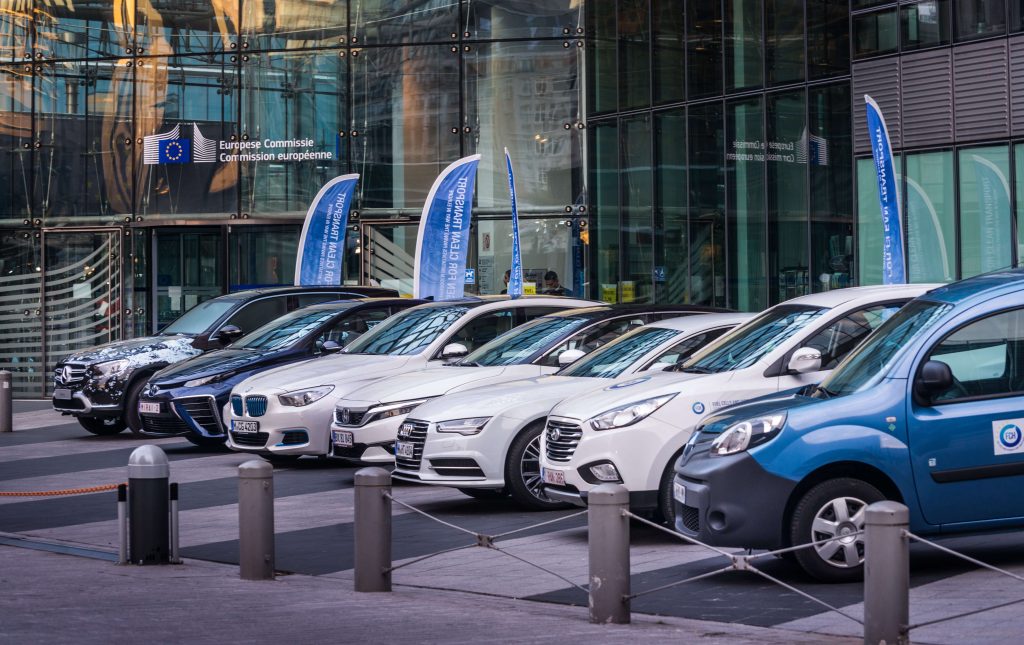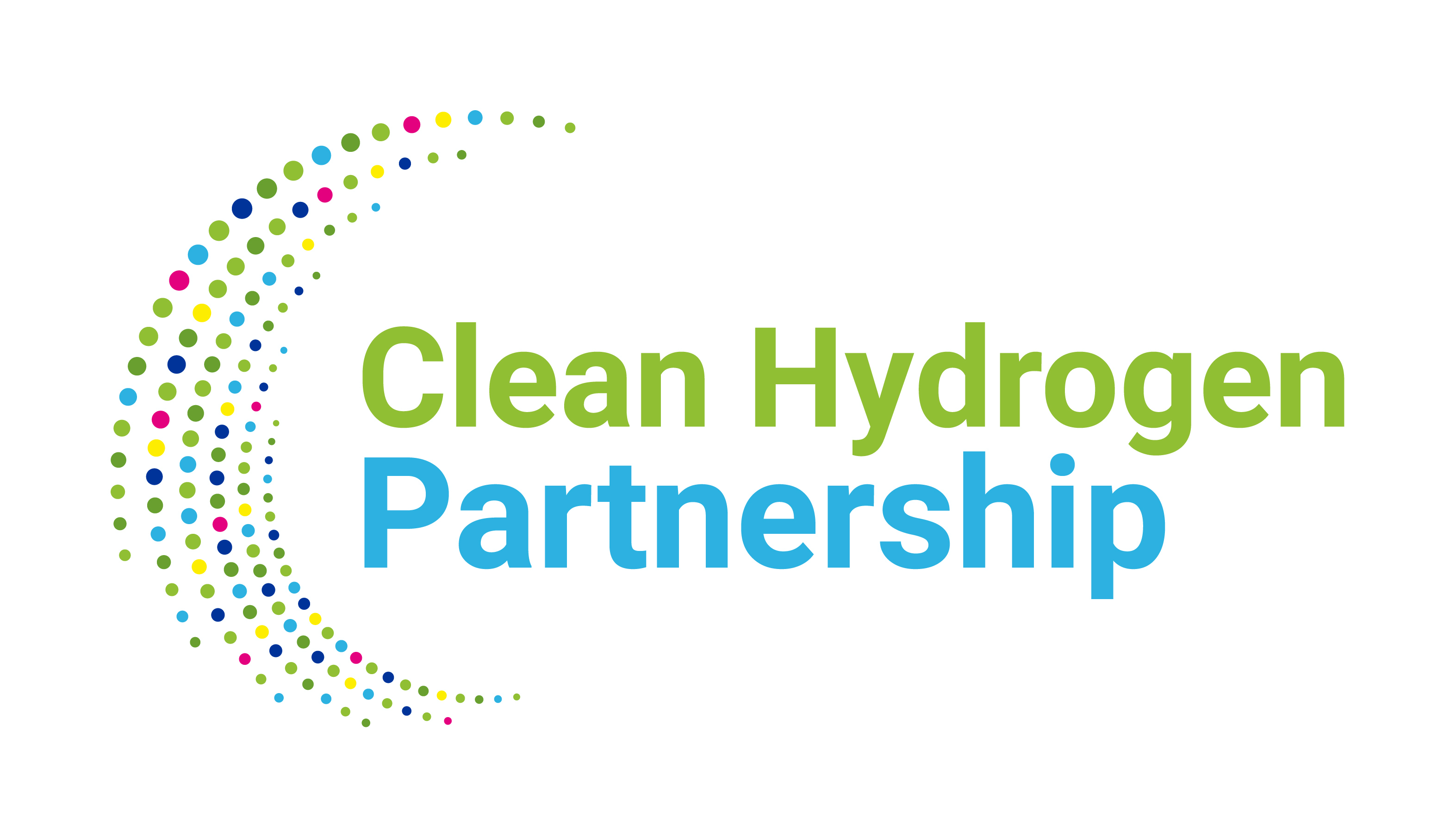
Will hydrogen-powered cars gradually become mainstream in Europe?
An EU initiative will deploy hydrogen fuel cell electric vehicles in three European capitals as taxis, private-hire and police cars. The move will accelerate their commercialisation and help realise emissions-free transport.
The role of fuel cell electric vehicles (FCEVs) in the transition to a clean, low-carbon energy system is increasingly recognised worldwide. Yet, their mass roll-out is still years away. This is not surprising because high costs, efficiency issues and the limited number of hydrogen refuelling stations (HRSs) affect the business case for their production and use on a large scale.

The EU-funded ZEFER project is addressing this challenge by introducing 180 FCEVs in Brussels, London and Paris. As explained in a press release on the project website, their regular use on a daily basis will create hydrogen demand from each vehicle roughly four times that of a normal privately owned car. “This will help to ensure high utilisation of the early networks of HRS which are already operating in each city.” As a result, the economics of operating the stations will be improved and the uptake of FCEVs will speed up.
Business case for FCEVs
Project partners hope most of the vehicles will be deployed by the end of 2018. ZEFER predicts the FCEVs will cover a lot of ground. For Paris and Brussels, the estimate for mileages is over 90 000 km per year and for London 40 000 km. It will collect data on the vehicles as they make their rounds, and will also provide an analysis of the business cases and technical performance of the deployments.
Stored in vehicles in a tank just like petrol or diesel, hydrogen is utilised in an electrochemical energy conversion process with oxygen in fuel cells to generate electricity. This powers the electric motor to propel the FCEV. A similar electrochemical process is used to produce electricity from batteries. But while a battery will lose its charge over time, a fuel cell will continue to work so long as it has hydrogen and oxygen flowing into it.
Another advantage of hydrogen-powered cars is that they have a long range, over 480 km, with some in the market travelling up to 800 km or more on a single tank. They also charge faster than traditional battery-powered vehicles – the refuelling time is typically 3 minutes. Converting hydrogen gas into electricity produces only water and heat as a by-product. If the hydrogen is generated by renewable sources, FCEVs could provide zero-emission transportation opportunities.
The ongoing ZEFER (Zero Emission Fleet vehicles For European Roll-out) project was set up to demonstrate viable business cases for captive fleets of FCEVs in operations that can realise value from hydrogen vehicles. This could be done, for example, by intensive use of vehicles and HRSs, or by avoiding pollution charges in city centres with applications where the refuelling characteristics of FCEVs suit the duty cycles of the vehicles.
Source: https://cordis.europa.eu/news/rcn/129746_en.html?WT.mc_id=exp
Image source: VoodooDot, Shutterstock














